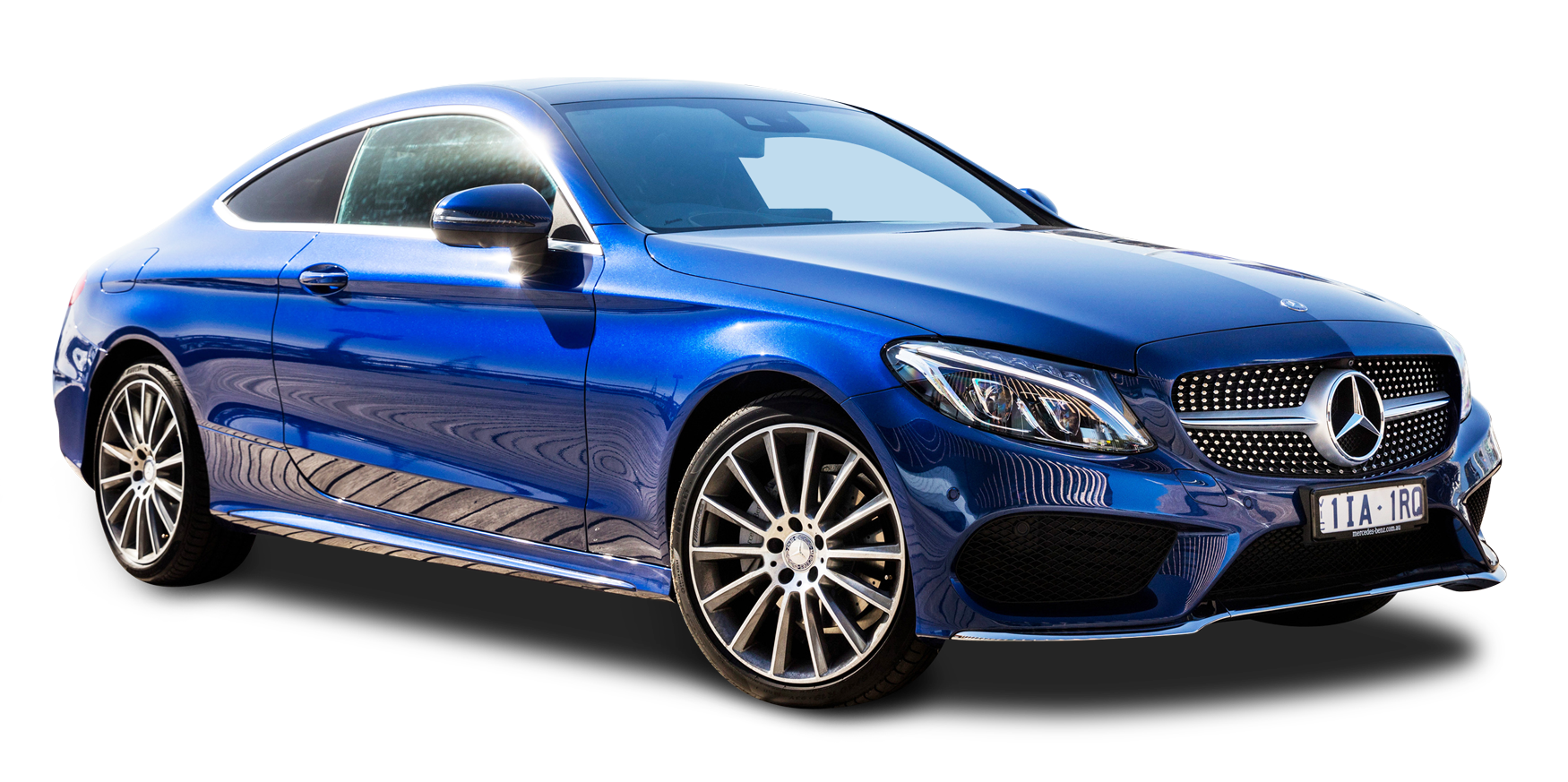
The automotive industry stands as a testament to the convergence of innovation, economics, and cultural significance. Among the various players in this intricate ecosystem, Volkswagen AG, commonly referred to as VW, emerges as a colossus, deftly navigating global markets through an extensive portfolio of brands. Understanding the car companies that fall under VW’s expansive umbrella not only elucidates its strategic maneuvers but also highlights the underlying dynamics of the automotive world.
Founded in 1937 in Germany, Volkswagen initially sought to produce affordable vehicles for the masses. Over the decades, this ambitious goal has transformed into a much grander vision, culminating in a diverse global automotive network that commands a formidable presence. The myriad brands owned by VW encapsulate not just a vast array of vehicles but also distinct cultural identities, technological advancements, and market niches. This exploration showcases the complexity of VW’s ownership and the distinctive characteristics of each subsidiary.
The Core Brands of Volkswagen Group
At the heart of Volkswagen Group’s portfolio lies its eponymous brand, Volkswagen. Known for models such as the Golf and the Jetta, the brand embodies the philosophy of practical, reliable, and accessible automotive engineering. Its commitment to innovation is evident in its burgeoning electric vehicle (EV) offerings, pushing the boundaries of sustainability in transportation.
However, VW’s brand collection does not conclude with its original nameplate. As one delves deeper into the organization, it is imperative to acknowledge Audi, a brand synonymous with luxury and performance. Renowned for its cutting-edge technology and sophisticated design, Audi has successfully positioned itself as a competitor in the premium segment, often luring customers with its Quattro all-wheel-drive system and elegant aesthetics.
Porsche, another jewel in VW’s illustrious crown, epitomizes high-performance sports cars. The marriage of engineering excellence and a fervent racing heritage makes Porsche a paragon of desirability in the automotive sector. Its models, such as the iconic 911, not only underline performance but also reflect a cultural status that transcends mere automobile ownership.
Diverse Offerings Across Global Markets
While the aforementioned brands represent the premium and mainstream segments, VW’s portfolio extends to more utilitarian models through brands like SEAT and Škoda. SEAT, hailing from Spain, presents youthful and vibrant vehicles that cater to the European market’s evolving preferences. On the other hand, Škoda, a Czech automaker, has garnered acclaim for its outstanding value-for-money proposition, effectively marrying quality with affordability, which resonates well with budget-conscious consumers.
Additionally, the brand Bugatti cannot escape mention in the context of automotive luxury. Specializing in hypercars, Bugatti represents the pinnacle of performance engineering, with models like the Chiron serving as benchmarks for speed and exclusivity. The allure of owning a Bugatti extends beyond its engineering; it encapsulates aspirations of success and prestige.
Exploring the Broader Automotive Ecosystem
Moreover, Volkswagen’s global influence extends to the heavy commercial vehicle segment through its ownership of MAN and Scania. These brands specialize in the manufacturing of trucks and buses, contributing significantly to the transportation logistics infrastructure across various regions. By integrating commercial and consumer automotive sectors, VW showcases an adept understanding of market diversification and the importance of addressing comprehensive mobility solutions.
Another noteworthy aspect of VW’s strategy lies in its strategic partnerships and joint ventures, which further diversify its reach. For instance, the collaboration with Ford aims to develop electric and autonomous vehicles, signaling a cognizance of shifting market dynamics and an eagerness to adapt in an ever-evolving landscape. Such partnerships enable VW to leverage shared resources and technological capabilities, enhancing competitive advantages in the global arena.
The Interplay of Culture and Commerce
The relationship between Volkswagen and its assorted brands serves as a fascinating case study in cultural adaptation and global business practices. Each brand reflects the sociocultural fabric of its origin, incorporating local nuances into its design and marketing strategies. This intrinsic ability to resonate with diverse consumer bases is one of the factors contributing to VW’s enduring legacy.
The seductive allure of automotive branding transcends technical specifications. Owning a vehicle is often intertwined with identity, status, and lifestyle. Thus, understanding which car companies VW owns lays bare not just corporate dynamics but also the complexities of consumer behavior. From performance enthusiasts gravitating towards Porsche to families seeking safety and reliability in Škoda, the interplay between brand perception and consumer psyche yields a rich tapestry of fascination within the automotive landscape.
Conclusion: A Contemplative Perspective
In summation, Volkswagen AG’s ownership structure is emblematic of a multifaceted and dynamic global automotive network. As the company continues to navigate challenges and seize opportunities within the industry, the brands it cultivates serve as pillars of innovation, cultural resonance, and economic viability. Each brand not only contributes to the overarching narrative of VW but also reflects unique elements of consumer aspirations and societal values. The intricate web of automotive affiliations invites both contemplation and recognition of a world where engineering meets art, commerce collides with culture, and consumer identity is shaped through the choice of vehicles. As we look to the future, VW’s adaptability and vision may well illuminate pathways toward sustainable mobility and continued global impact.
